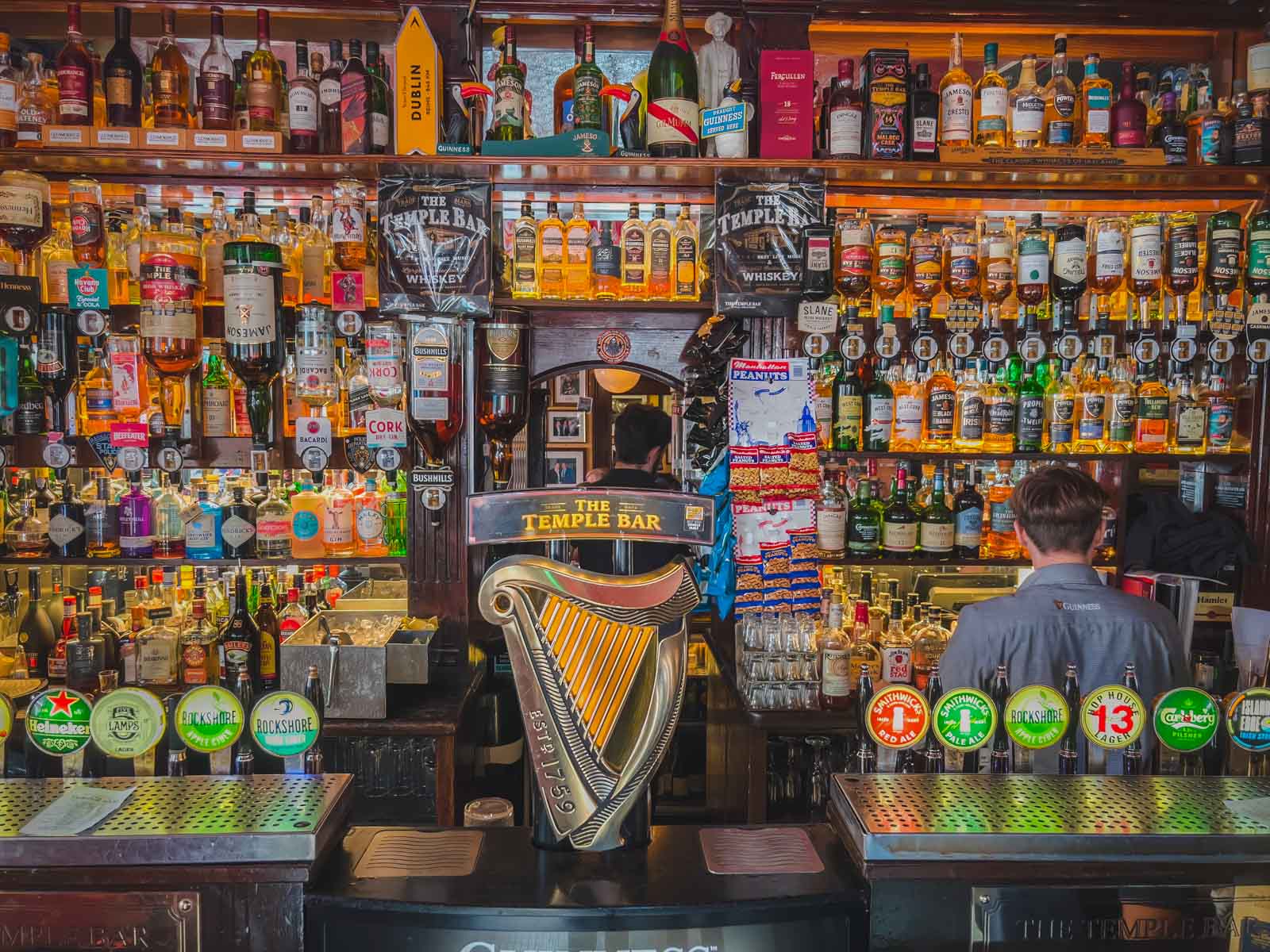St. Patrick’s Day Overview
- Fun Facts about St. Patrick’s Day
- When is Saint Patrick’s Day
- 1. Saint Patrick was Not Irish
- 2. The Feast of St. Patrick
- 3. No Beer in the Early Days of St. Patrick’s Day
- 4. Four Leaf Clover
- 5. The Shamrock
- 6. Green Was Not the Colour of Choice
- 7. First St. Patrick’s Day Parade
- 8. Downpatrick, Ireland
- 9. St. Patrick’s Centre in Northern Ireland
- 10. The Rock of Cashel – Aka St. Patrick’s Rock
- 11. The Myth of the Snakes
- 12. Leprechauns and St. Patrick’s Day
- 13. The Chicago River is Dyed Green Each Year
- 14. Celebrating Irish Culture – St. Patrick’s Day Traditions
Fun Facts about St. Patrick’s Day
Everybody loves St. Patrick’s Day. It is a vibrant festival filled with beer, green attire, and joyous gatherings with family and friends. This occasion celebrates Irish culture globally. Most individuals are unaware of the historical significance of Saint Patrick, so let’s delve into some fascinating St. Patrick’s Day facts that enhance your understanding of these lively festivities.
When is Saint Patrick’s Day
Saint Patrick’s Day is celebrated annually on March 17, commemorating the death of Saint Patrick in 461 AD. Initially recognized as a solemn occasion by the Catholic Church in the 1600s, it has evolved into a public holiday in Ireland, prompting closures of banks and many businesses. This day has gained immense popularity worldwide, especially in Canada and the United States, where Irish immigrants introduced these celebrations.
1. Saint Patrick was Not Irish
Interestingly, Saint Patrick, the patron saint of Ireland, was actually of English descent, possibly from Wales or Scotland. He was brought to Ireland as a slave in 432 AD but later escaped, returned to England, and became a priest. Eventually, he returned to Ireland as a Christian missionary.
2. The Feast of St. Patrick
After Saint Patrick’s passing, Ireland started observing a day dedicated to him known as the Feast of St. Patrick, celebrated yearly on March 17, his death anniversary. This day initially marked significant religious ceremonies and feasting, making it a delightful occasion.
3. No Beer in the Early Days of St. Patrick’s Day
Originally recognized as a feast, St. Patrick’s Day was a dry holiday with no beer in sight. It primarily consisted of religious observances until recent years, when alcohol-infused festivities became popular, especially after the centennial celebrations of Irish independence in 2016.
4. Four Leaf Clover
The common four-leaf clover is often mistakenly associated with St. Patrick’s Day. In reality, it is the three-leaf shamrock that holds significance, as it is linked to Saint Patrick himself.
5. The Shamrock
During insightful discussions on St. Patrick’s traditions, we learned the importance of wearing a shamrock as part of the festive attire in Ireland since the 17th century. Representative of the Holy Trinity, the shamrock was used by Saint Patrick to illustrate this concept while spreading Christianity in Ireland.
6. Green Was Not the Colour of Choice
An unexpected fact is that the national color of Ireland was once blue. It wasn’t until the 19th century that green became the symbol of Ireland, gaining its association during the rise of Irish independence.
7. First St. Patrick’s Day Parade
The initial celebration of St. Patrick’s Day in America took place in 1601 in St. Augustine, Florida. However, the first parade occurred in Boston in 1737, initiated by Irish soldiers who longed for their homeland. The New York City parade, notable for its grandeur, commenced a few years later in 1762.
8. Downpatrick, Ireland
For those planning a pilgrimage, Downpatrick in County Down is home to Saint Patrick’s grave within Down Cathedral, which dates back to 1183. The town honors Saint Patrick’s legacy throughout the year.
9. St. Patrick’s Centre in Northern Ireland
The St. Patrick’s Centre, located in Downpatrick, is the only establishment globally dedicated to commemorating his life. It features an immersive Imax experience and a distinct pilgrimage path known as St. Patrick’s Way.
10. The Rock of Cashel – Aka St. Patrick’s Rock
The Rock of Cashel in Tipperary not only captivates visitors with its beauty but is also intrinsically connected to Saint Patrick, where he baptized Ireland’s first Christian king.
11. The Myth of the Snakes
A prevalent myth claims that Saint Patrick chased all the snakes out of Ireland, yet research shows that snakes were never present in Ireland.
12. Leprechauns and St. Patrick’s Day
Although Leprechauns are often associated with St. Patrick’s Day, they originate from Irish folklore and have no direct connection to the saint or the day’s celebrations.
13. The Chicago River is Dyed Green Each Year
Chicago proudly celebrates St. Patrick’s Day with the famous tradition of dyeing the Chicago River green, a tradition started in 1962. St. Patrick’s Day has become a remarkably busy day for bars and pubs, reminiscent of Irish culture.
14. Celebrating Irish Culture – St. Patrick’s Day Traditions
- People have dyed their beer green since the early 1900s.
- Millions worldwide with Irish ancestry gather for this festive event.
- Around 70 million people globally can trace their roots back to Ireland.
- Irish Americans commonly eat corned beef and cabbage on this day, a tradition not found in Ireland.
- Prominent landmarks worldwide light up in green to commemorate St. Patrick’s Day.
With newfound insights into St. Patrick’s Day, as you celebrate with your Guinness and green attire, take a moment to honor the legacy of the patron saint or the homesick Irish immigrants who spread these joyous celebrations across the globe.
Wishing you a Happy St. Patrick’s Day! Or as one would say in Ireland, “Lá Fhéile Pádraig Sona Duit!”
Do you have plans for your next St. Patrick’s Day celebration?





